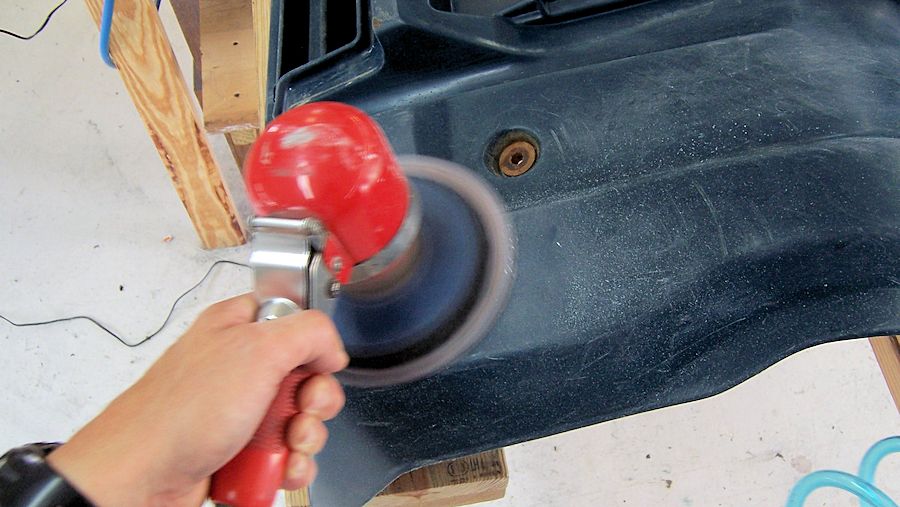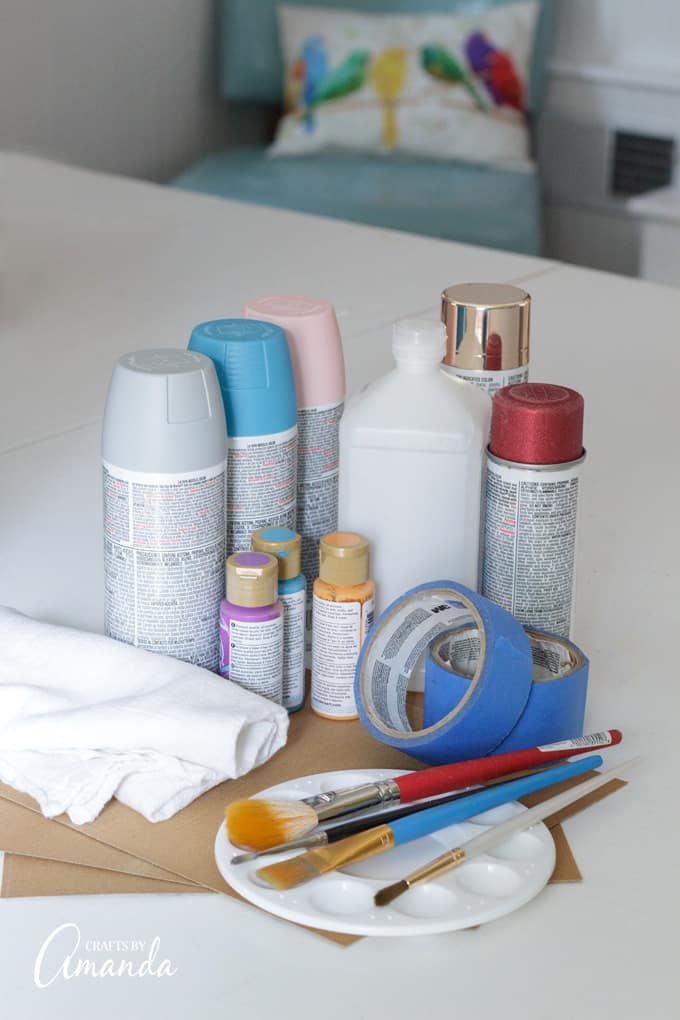
As with any other surface to be painted plastics need to be reasonably free of any soils or foreign materials. Once all the residue has been washed away rinse the plastic piece with.

We like to start with a mild soap and water bath to take over an major dirt grease or road grime.
How to prep plastic for paint. Scrub the plastic piece with soapy water and a sponge. Fill your sink or a bowl with water and dish soap and stir it around until suds form. Rinse the piece and let it dry completely for 1 hour.
Once all the residue has been washed away rinse the plastic piece with. Preparing the Surface 1. Choose a plastic item to paint.
With the right preparation you can paint just about anything. Clean the item with mild dish soap and warm water. This will remove any surface dirt and reduce the amount of work.
Lightly buff the surface with 220 to. We like to start with a mild soap and water bath to take over an major dirt grease or road grime. From there you can use a paint prep like acetone or a PRE Low VOC Paint Prep.
Give extra time to let these flash off the surface before painting. You can then use a tack rag take any mild dust or dirt off the surface just before spraying. Paint Plastic Step 1.
Proper preparation is the key to a smooth and lasting finish. Begin by thoroughly cleaning the plastic surface. Hold the nozzle of the spray paint can about 12 to 18 inches away from the plastic.
Start spraying in a spot. For the best results apply. Prepping for Painting Plastic Surfaces Starting with a clean plastic surface enables the paint to better stick to the material without bumps bubbling or peeling.
Use a little elbow grease with soapy water and a sponge to remove any gunk on the surface. When youre finished scrubbing hose off the plastic to get rid of any remaining soap. How to Prep Paint ABS Plastic Step 1.
Wash the ABS plastic with soap and rags. Rinse away all soapy residue to prevent problems with adhesion. Load a palm sander with 300-grit sandpaper.
Abrade the ABS to promote adhesion by lightly sanding it. Wipe down the ABS with a tack cloth. If the type of plastic is unknown place a drop of acetone on the back of the plastic and rub it with your finger.
If the plastic smears and melts use Sand Free. If acetone does not have an effect on the plastic use Plastic Adhesion Promoter or XXX Adhesion Promoter. Sanding helps smooth the surface and remove tiny imperfections.
In addition sanding makes small crevasses in the surface of the plastic which creates more surface area. The more surface area there is the more places the paint can bond to the plastic. This helps the paint last long after your work is done.
For most painting jobs it is often recommended that a primer should be used prior to spraying the final colors. However for plastic it is not always required. As long as you have a clean surface and are able to do some quick sanding you should be good to go.
As with any other surface to be painted plastics need to be reasonably free of any soils or foreign materials. Common soils found on plastic items to be coated include fingerprints dust lint and mold release residues. Usually detergent cleaning can satisfactorily remove salts and oils deposited on plastic by touching them with bare hands.
My fifth video of a new series specifically designed for beginners where I will be going over all of the steps of painting miniatures is detail. Start by sanding the black primer using the 500-grit sandpaper. When youre done use the abrasive pad and sand the bumper once again.
Make sure you dont miss a spot. Remove dust using the clean cloth. Instructions Clean the Surface of the Plastic Fill a bucket with warm water and a little dish soap.
Scrub the plastic with a rag or sponge. Move heavy furniture to the center of the room and cover with plastic drop cloths. Use canvas drop cloths on the floor since plastic can get slippery.
For old plastic use an ammonia-based cleaner on surface. For new plastic use paint thinner to clean surface. Lightly sand surface if previously painted.
Remove dust with a tack cloth. Let plastic surface dry. Apply an adhesion promoter to the plastic part so that the primer and paint will stick to it.
Apply the adhesion promoter just as you would paint–with light even coats. Allow it to dry. Prime the part with two thin coats of primer allowing each coat to dry.